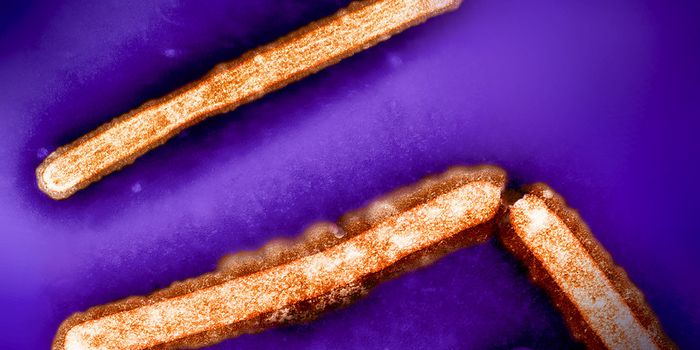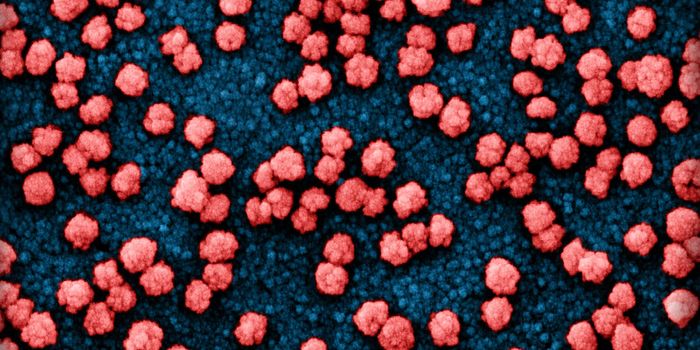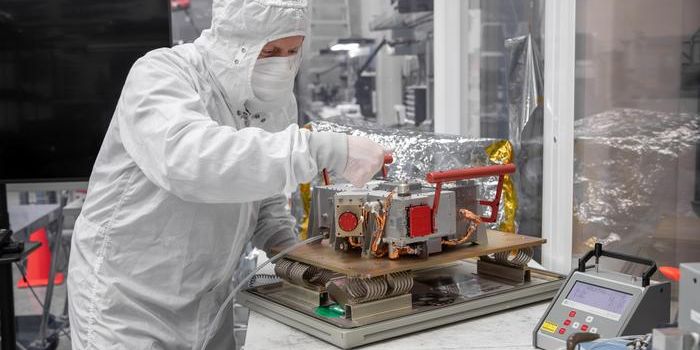Neuroscience
UCLA School of Nursing researchers find that sleep apnea causes weaker brain blood flow
SEP 18, 2014 12:00 AM PDT
Share
Florida Growers Fight for Time as Oranges Turn Green
 Do you remember the old advertising slogan, "A day without orange juice is like a day without sunshine?" Well, if something doesn't change it could get pretty cloudy. Last year, Florida produced just 104 million boxes of oranges, about half the amount produced 10 years ago. There are several reasons for the decrease including declining production, higher prices, and more competition, but the main reason is a disease called citrus greening. First seen in Florida in 2004 it is now affecting nearly every grove in the state. The disease has begun to spread to other states as well, and the U.S. Department of Agriculture has implemented a plant quarantine in infected areas in an effort to halt its spread.
Do you remember the old advertising slogan, "A day without orange juice is like a day without sunshine?" Well, if something doesn't change it could get pretty cloudy. Last year, Florida produced just 104 million boxes of oranges, about half the amount produced 10 years ago. There are several reasons for the decrease including declining production, higher prices, and more competition, but the main reason is a disease called citrus greening. First seen in Florida in 2004 it is now affecting nearly every grove in the state. The disease has begun to spread to other states as well, and the U.S. Department of Agriculture has implemented a plant quarantine in infected areas in an effort to halt its spread.Greening was first discovered in China, where it is known as huanglongbing, which translated means "the yellow dragon disease." It came to the U.S. via an insect called the Asian Citrus Psyllid which carries bacteria that is left behind after it feeds on a citrus tree's leaves. It causes small, bitter fruit colored with green. Eventually the disease clogs the vascular system of the tree and it dies. There is no cure for greening and it has not been eradicated in any country. Some experts believe that if a solution isn't found soon, Florida's entire citrus industry could collapse.
Florida's growers are fighting greening, but it comes at a cost. Ellis Hunt Jr., whose family owns over 5,000 acres of orange groves estimates he's spending $2,000 an acre on production costs, 100% more than 10 years ago, with most of the increase going toward nutrients and spraying to fight the disease. Some smaller farms can't survive with these added expenses and are already being put out of business. But, mid-size and large farms could soon be shutting down, too.
$125 million in federal and state money is now available to pay for research to find a cure. At the University of Florida's Citrus Research and Education Center in Lake Alfred, FL scientists from the U.S., China, Brazil and India are searching for a solution to this scourge. They are taking a two-prong approach -- a short-term solution that will allow existing trees to survive and a long term solution that would involve developing a greening-resistant tree.
One method to prolong the life of trees involves heat therapy. Sick trees are wrapped with a material that harnesses the sun's heat and raises the temperature around the trees to 128 degrees. Two or three days of this treatment seems to delay the tree's demise. The disease isn't killed, but it may give the tree another four or five productive years.
Some approaches are chemical. Harold Browning the chief operating officer with the Florida Citrus Research and Development Foundation says, "Some antibiotics can knock the bacterium back the same way antibiotics work in humans. They can slow down the decline and stabilize the conditions of the trees."
So, the race is on to see if the disease can be managed long enough for a cure to be found. Some growers are already giving up. "I'm not going to replant citrus," said Richard Skinner, the owner of Hawkins Corner Nursery in Plant City. He was forced to rip out 1,600 infected trees last year. The land where those trees grew for 80 years will be replanted with peas and greens. Skinner said replanting is just too costly and there is a great chance the new trees will be infected, too. But, even if they survive, it would be about six years before they begin producing.
Skinner is still selling small trees for backyards. "In the near future," he said, "if you're addicted to orange juice or oranges, it'll be more economical to grow your own in your back yard." That's easy for a Floridian to say, but I guess those of us in northern climes will have to become apple juice drinkers.
You May Also Like
Loading Comments...








